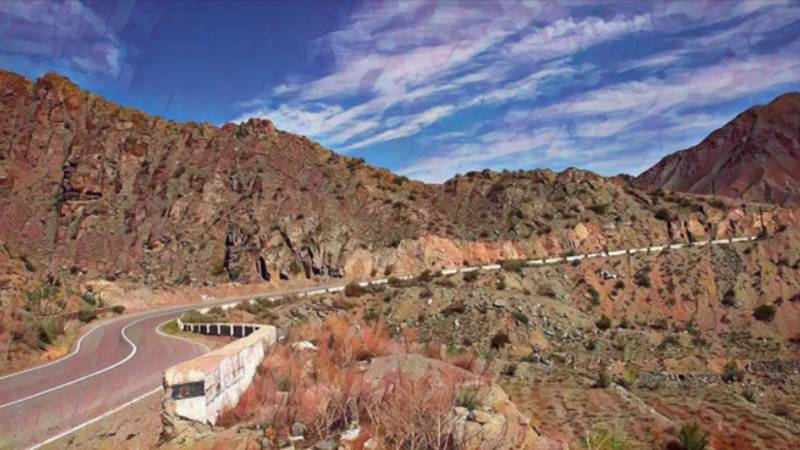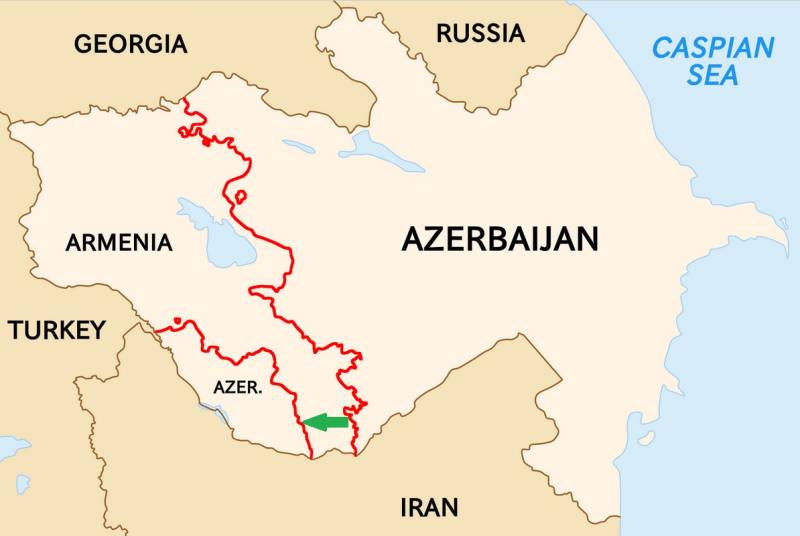
Under the vast expanse of Eurasia, between the contrasting azure of the Black Sea and the tranquil blues of the Caspian Sea, the Caucasus region unfolds as a mosaic of cultural, ethnic and linguistic diversity. It is within this intricate tapestry that the historical and contemporary geopolitical narratives of Azerbaijan and Armenia intertwine, marked by a legacy of conflict and discord. At the heart of their recent escalations lies the Zangezur corridor, a strategic passage whose significance transcends regional boundaries, touching upon the interests of global powerhouses and altering the geopolitical dynamics of the Caucasus.
The origins of this enduring tension hark back to the twilight years of the Soviet Union, amidst a burgeoning wave of nationalist movements. The flashpoint: Armenia’s control over Karabakh in 1993, a territory acknowledged internationally as part of Azerbaijan. This discord was reignited three years ago when Azerbaijan under President Ilham Aliyev’s leadership launched a decisive military operation in Karabakh. This offensive, characterised by Aliyev as a retaliatory “Iron Fist” for Armenian aggressions, marked a significant turn in the conflict, leading to the liberation of territories that Azerbaijan saw as rightfully its own, after nearly three decades of Armenian occupation.
This story is deeply embedded in the broader historical context of post-Soviet territorial disputes, where Armenia’s aggressive posture towards Azerbaijan culminated in a devastating conflict over Karabakh. This resulted in a humanitarian crisis, with thousands of lives lost and over a million Azerbaijanis displaced. Despite clear directives from the United Nations Security Council for Armenia to vacate the occupied territories, a lasting solution remained elusive, illustrating the international community’s struggle to resolve such deeply entrenched conflicts.
At the core of these geopolitical machinations are the people of Azerbaijan and Armenia, for whom the stakes are profoundly personal
Over the years, Azerbaijan’s patience dwindled as diplomatic initiatives – notably under the aegis of the OSCE Minsk Group spearheaded by Russia, the United States and France – failed to yield tangible results. The provocations and stalled negotiations, particularly under the leadership of Armenian Prime Minister Nikol Pashinyan, compelled Azerbaijan to assert what it saw as its territorial integrity, culminating in the 2020 armistice. This pivotal moment underscored the limitations of international mediation and the primacy of national sovereignty in the complex tapestry of global politics.
The strategic importance of the Zangezur corridor extends beyond its geographical significance, symbolising the evolving alliances and geopolitical shifts in the region. Its development has garnered the attention of major global actors, reflecting broader strategic ambitions and interests. For the United States, the corridor is a countermove against China’s ambitious Belt and Road Initiative, aiming to diminish Beijing’s growing influence. Conversely, for Russia, it represents an intricate balance of power, navigating its historical influence in the region against its strategic partnership with Turkey.

The European Union finds itself at a critical juncture, caught between its energy dependencies on Azerbaijan and its diplomatic postures.
The potential for France to cultivate a more advantageous commercial relationship with Azerbaijan highlights the complex interplay of international interests that define the global order. This scenario underscores the challenges the EU faces in articulating a coherent strategic vision amidst the shifting sands of global geopolitics.
At the core of these geopolitical machinations are the people of Azerbaijan and Armenia, for whom the stakes are profoundly personal.
The acknowledgment of Azerbaijan’s territorial integrity by Armenia and the potential opening of the Zangezur corridor signal a ray of hope for enduring peace and cooperation. Yet, the journey towards reconciliation is fraught with obstacles, as the spectre of military alliances and the possibility of foreign military bases in Armenia amplify regional tensions.
The unfolding story of the Caucasus is a vivid illustration of the complexities inherent in international relations, where historical grievances, national aspirations and strategic global interests intersect. As Azerbaijan and Armenia navigate the precarious path towards peace, the Zangezur corridor stands as both a symbol of division and a beacon of potential unity, embodying the multifaceted challenges and opportunities that lie ahead in this strategically pivotal region at the crossroads of history and modern geopolitical currents.

